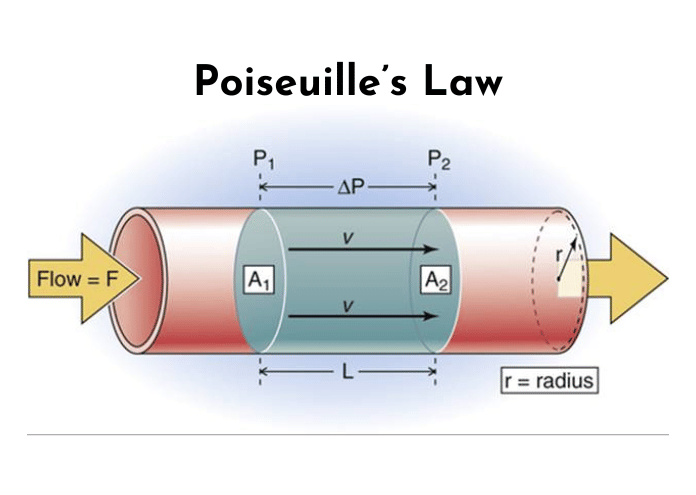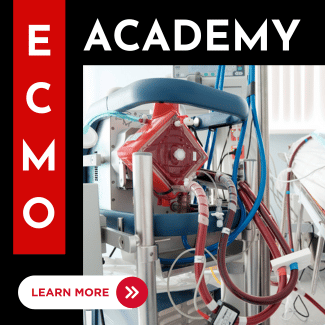Extracorporeal Membrane Oxygenation (ECMO) represents a critical lifeline for patients requiring advanced respiratory or cardiac support. Central to the ECMO system’s efficacy are the centrifugal pumps, which are uniquely preload dependent and afterload sensitive. This means that the pump’s ability to maintain optimal flow is contingent upon the characteristics of the ECMO cannulae used. Let’s delve into the factors that influence ECMO Cannula Flow and how they play a pivotal role in patient outcomes.
ECMO Cannula Flow: A Closer Look
The performance of an ECMO cannula is determined by several key features:
- Inner Diameter: The width of the cannula’s lumen is a primary factor in flow rate.
- Length: The distance from the entry point to the tip of the cannula can affect resistance.
- Drainage and Return Ports: The design and placement of these ports facilitate the movement of blood.
- Location in the Vessel: Proper positioning ensures optimal blood flow and reduces the risk of complications.
The Physics of ECMO Cannula Flow: Poiseuille’s Law in Action
At the heart of understanding cannula flow dynamics is Poiseuille’s Law. This principle provides a mathematical description of the flow rate (( Q )) through a cylindrical vessel:
Q = \frac{\pi \times P \times r^4}{8 \times \eta \times L}Q=8×η×Lπ×P×r4
Where:
- ( P ) is the driving pressure,
- ( r ) is the radius of the cannula,
- ( \eta ) is the viscosity of the blood,
- ( L ) is the length of the cannula.
From this equation, we can deduce that:
- Doubling the Length: Increasing the length (( L )) of the cannula will inversely affect the flow, halving it at a constant pressure.
- Doubling the Diameter: Conversely, doubling the diameter (and thus the radius ( r )) of the cannula will exponentially increase the flow, by a factor of 16!
Practical Implications: Maximizing ECMO Efficiency
The implications of Poiseuille’s Law are clear for ECMO cannulation strategies:
- Shorter Cannula: A shorter length reduces resistance and improves flow.
- Larger Diameter: A wider inner diameter significantly enhances the flow rate.
In essence, the shorter the cannula and the larger the diameter, the more flow can be achieved. This principle is crucial when selecting cannulae for ECMO, as it directly impacts the ability to provide adequate circulatory support without overburdening the patient’s vascular system.
Conclusion: The Art of Cannulation
Understanding the interplay between cannula characteristics and flow dynamics is essential for clinicians managing ECMO. By applying the principles of Poiseuille’s Law, healthcare professionals can optimize ECMO performance, ensuring that patients receive the highest level of care during their most critical moments.
CLICK HERE for more ECMO Training
This article is sponsored by ECMO Advantage. To expand your ECMO knowledge and skills at your own pace and gain access to industry-leading ECMO education from the best in the ECMO Community, CLICK HERE.










